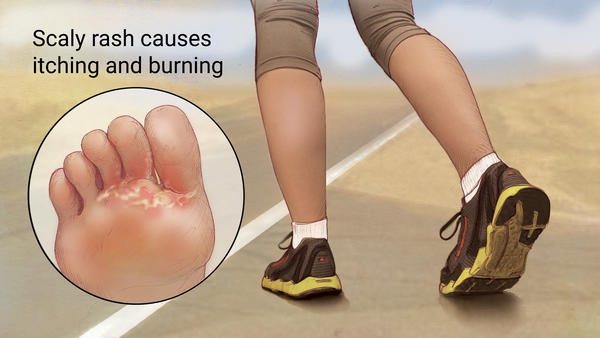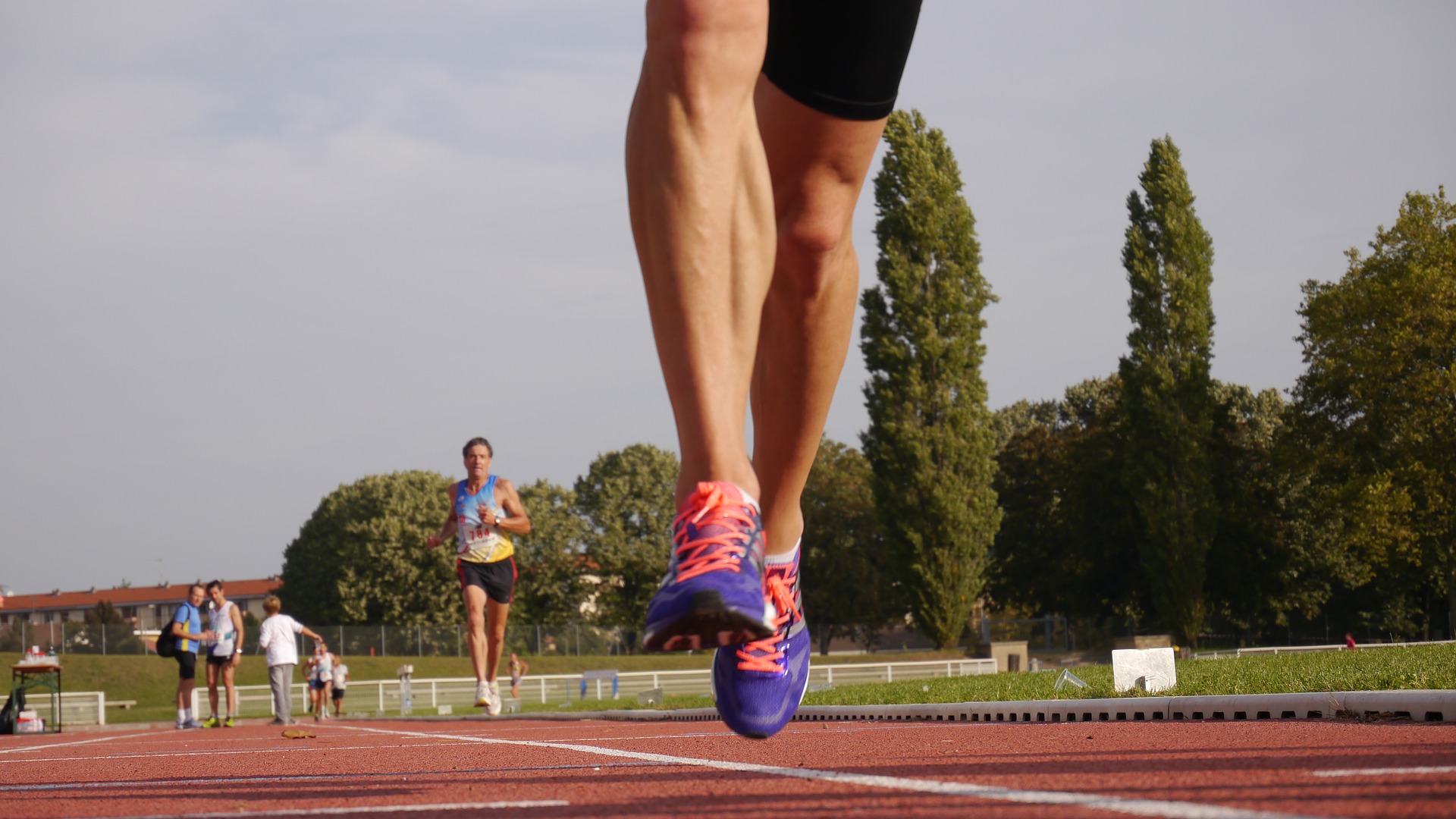Athletes Foot or Tinea Pedis
What are the signs of Athlete’s Foot?
Do you have red, itching burning feet? Is the skin on your feet or between your toes red and flaky? This can be caused by a variety of problems, such as eczema, dermatitis or psoriasis. But by far the most common problem is an infection known as tinea pedis, or “athlete’s foot”.
This is a fungal infection often picked up in locker rooms and showers. The fungus causes redness, cracking, itching and sometimes blisters between the toes.
What is Athlete’s Foot?
Athlete’s foot (‘Tinea’) is a contagious fungal skin infection. The most commonly affected areas include the feet, groin, scalp and beneath the breasts. Tinea can be spread by skin-to-skin contact or indirectly through towels, clothes or floors. Tinea is also known as ringworm, which is a misleading name as no worm is involved.
All fungi need warm, moist environments and tinea is no exception. This is why the hottest, most sweat-prone areas of the body are the most likely areas for a tinea infection to occur. Communal showers and locker rooms are typical places where infection may be spread.
Types of Tinea:
Tinea infections are known by specific names, depending on the part of the body that is affected. The most common types of tinea include:
- Athlete’s foot – tinea of the foot, known as tinea pedis
- Jock itch – tinea of the groin, known as tinea cruris
- Ringworm of the scalp – tinea of the head, known as tinea capitis (mainly affects children)
- Ringworm of the body – tinea of the body, known as tinea corporis
- Nail infection (onychomycosis) – tinea of the toe or finger nails, known as tinea unguium.

Symptoms of Tinea:
The symptoms can include:
- Itching and stinging
- Red scaly rash that is shaped like a ring (annular)
- Cracking, splitting and peeling in the toe web spaces
- Blisters
- Yellow or white discolouration of the nails
- Bald spots on the scalp.
How to avoid Tinea infection
Overheating and perspiration contribute to tinea infections. Suggestions to avoid tinea infection include:
- After washing, dry the skin thoroughly, particularly between the toes and within skin folds.
- Expose the skin to the air as much as possible.
- Wear cotton socks instead of synthetics.
- Use antiperspirants to control excessive perspiration (sweating).
- Wear thongs to swimming pools, locker rooms, gyms and other communal areas.
Treating a Tinea infection
Tinea infections respond well to antifungal creams. Some infections are harder to shift and might also require an antifungal medication in the form of a tablet.
Preventing the spread of Tinea
It is important to remember that tinea is contagious. Suggestions on how to prevent the spread of infection to others include:
- Treat tinea infections with antifungal cream.
- Wash your hands after touching infected areas.
- Do not share towels.
- Do not walk around barefoot if you have tinea pedis (tinea of the feet).
- Clean the shower, bath and bathroom floor after use.
At the Foot and Ankle Clinic our highly qualified team of Podiatrists are all members of the Australian Podiatry Association and offer a combined 50 years’ experience. They are trained to diagnose and effectively treat Athlete’s Foot via a range of treatments.
Put your feet in our hands! See us today in Chadstone, Moe, Sale, Traralgon, Warragul & Online Store and Retail Enquiries. NO REFERRAL NEEDED!.


